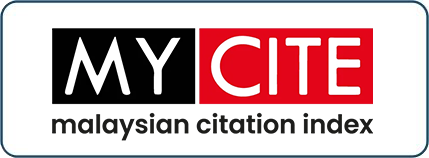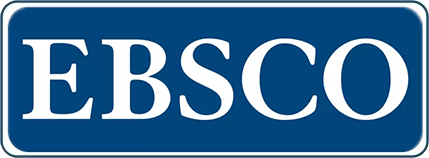Waqf Land Development Methodology Model
DOI:
https://doi.org/10.33102/jfatwa.vol16no2.14Keywords:
Real Estate, Developing, Undeveloped, Development Methodology Model, SustainableAbstract
Traditionally, concentration of Waqf Land utilisations are mostly confining to the construction of mosques, grave yards, orphanage centres and old folks homes and the likes. Without doubt those are important and significant institutions, however there should also be creative and innovative ways of developing Waqf Land while in the meantime not to ignore the traditional utilisations of Waqf Land. Real estate is one of the most effective investment venture, and with professionally managed systems and efficient project planning and implementations, Waqf Land can yield very good return in both Monetary and Non-Monetary. The thousands of acres of the undeveloped Waqf Land in Malaysia and perhaps hundreds of thousands of acres or even millions of acres worldwide must be tackled in a holistic, systematic and efficient manner. The accelerated demand for housing, shop houses other real estate development components resulted in tremendous escalation of prices that are beyond the affordability of the ordinary people, must be resolved amicably. The objective of this paper is to highlight the key components of Real Estate Development’s Financial Feasibility Study and the Development Model of Waqf Land as adopted by UME Sdn Bhd. The optimum development of Waqf Land hopefully can cushion this scenario. Cases of success stories of the real estate developments will be highlighted and discussed. By adopting an appropriate development methodology model and some improvements of relevant fatwas, hopefully it acts as a guide for a more sustainable Waqf Land development.
Downloads
References
Book
Adi Setia Md. Dom (2014), Waqf and The Civic Economy. Buletin, MCCM Research and Development Foundation (YKPD)
Mohd Mazlan Che Mat (1999), Feasibility Studies and Value Management. Institute of Engineers Malaysia and Public Works Department Seminar.
Muhammad Ali Hashim, (2014), Corporate Waqf – A Proposal for Corporate Return To Bridge Divides and Uphold Economic Justice, President, Malaysian Islamic Chamber of Commerce (DPIM), Founder, Waqaf An Nur corporation Berhad, Malaysia
Razali Othman (2015), Institusi Waqf, Sejarah dan Amalan Masakini, DBP Kuala Lumpur
Sharifah Zubaidah and Nor Asiah Mohamed (2014), Legal Framework For Waqf Management of Property In Malaysia. Buletin, MCCM Research and Development Foundation (YKPD)
UME Sdn Bhd (2015 & 2016), Guideline for the Development of Waqf Land and Development Concept of Selangor Waqf Land.
Zulkifli Hassan and Muhammad Najib Abdullah (2008), The Investment of Waqf Land As An Instrument of Muslims Economic Development In Malaysia, Islamic Science University of Malaysia (USIM).
Downloads
Published
Issue
Section
License
The copyright of this article will be vested to author(s) and granted the journal right of first publication with the work simultaneously licensed under the Creative Commons Attribution 4.0 International (CC BY 4.0) license, unless otherwise stated.















